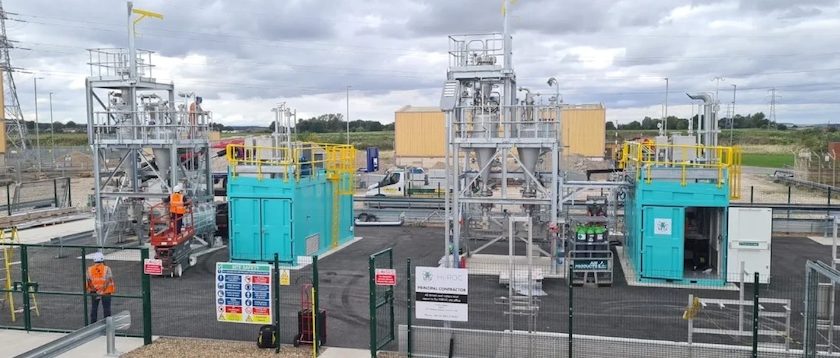On Dec. 19, the U.S. Environmental Protection Agency (EPA) announced the first national regulations to provide for the safe disposal of coal combustion residuals from coal-fired power plants, strengthening management guidelines for impoundment- or landfill-bound material while supporting responsible recycling practices best exemplified in ASTM C618-grade fly ash processing and marketing.
“EPA is taking action to protect our communities from the risk of mismanaged coal ash disposal units, and putting in place safeguards to help prevent the next catastrophic coal ash impoundment failure, which can cost millions for local businesses, communities and states,” said EPA Administrator Gina McCarthy. “These strong safeguards will protect drinking water from contamination, air from coal ash dust and our communities from structural failures, while providing facilities a practical approach for implementation.”
American Road & Transportation Builders Association said in a statement that the decision to not regulate fly ash as a hazardous material was a regulatory victory for the transportation construction industry. “Since EPA announced in 2007 it was considering regulating fly ash as a ‘hazardous material,’ ARTBA has consistently opposed the designation in both the regulatory and legislative arenas. Specifically, ARTBA filed multiple sets of comments with EPA, supported federal legislation preventing a ‘hazardous’ label for fly ash, and testified at public hearings held by EPA. Further, in 2011 ARTBA’s Transportation Development Foundation (ARTBA-TDF) released a landmark study concluding the cost to build roads, runways and bridges would increase by an estimated $104.6 billion over the next 20 years if fly ash was no longer available as a transportation construction building material. ARTBA applauded the EPA decision to not unnecessarily increase the cost of sorely needed transportation improvements by designating fly ash as a ‘hazardous substance.’”
In response to comments received on the proposal, the final rule makes a number of changes by providing greater clarity on technical requirements for coal ash landfills and surface impoundments under Subtitle D of the Resource Conservation and Recovery Act (RCRA), the nation’s primary law for regulating solid waste.
Implementation of these technical requirements will be reported through comprehensive and regular disclosure to states and communities to enable them to monitor and oversee these requirements. The rule requires that power plant owners and operators provide detailed information to citizens and states to fully understand how their communities may be impacted. The rule sets out new transparency requirements, including recordkeeping and reporting requirements, as well as the requirement for each facility to post specific information to a publicly-accessible website. This will provide the public with information such as annual groundwater monitoring results, corrective action reports, coal ash fugitive dust control plans, and closure completion notifications.
This final rule also supports the responsible recycling of fly ash by distinguishing safe, beneficial use from disposal. In 2012, almost 40 percent of all fly ash produced was recycled (beneficially used), rather than disposed. Beneficial use of fly ash can produce positive environmental, economic and performance benefits such as reduced use of virgin resources, lower greenhouse gas emissions, reduced cost of ash disposal, and improved strength and durability of materials.


